Garage doors may seem like simple functional elements of a home, but for those with a keen eye for history and design, they can hold fascinating stories waiting to be uncovered.
Vintage garage doors, in particular, often bear the marks of bygone eras, reflecting changes in architectural styles, technological advancements, and cultural influences. In this exploration of garage door archaeology, we’ll delve into the hidden history behind vintage garage doors and the stories they have to tell.
Table of Contents
Architectural Styles and Trends
One of the most intriguing aspects of vintage garage doors is their reflection of past architectural styles and trends. From the elaborate carriage house designs of the late 19th century to the sleek modernist aesthetics of the mid-20th century, garage doors have evolved alongside changing architectural tastes.
By studying the design, materials, and decorative elements of vintage garage doors, it’s possible to uncover clues about the architectural influences and cultural context of the time period in which they were built.
For example, ornate wrought iron hardware may indicate a Victorian or Gothic Revival style, while clean lines and minimalistic details may suggest a mid-century modern design.

How Tall is a Five Panel Garage Door
Technological Advancements
Vintage garage doors also offer insights into the technological advancements of their era. Early garage doors were typically manual, operated by hand or with pulleys and counterweights. However, with the advent of electricity in the early 20th century, motorized Garage Door Openers became increasingly common.
Studying the mechanisms and features of vintage garage door openers can provide valuable information about the state of technology and innovation at the time of their installation.
For example, early electric garage door openers may feature simple push-button controls and rudimentary safety mechanisms, while more modern models may incorporate remote control operation and advanced safety sensors.
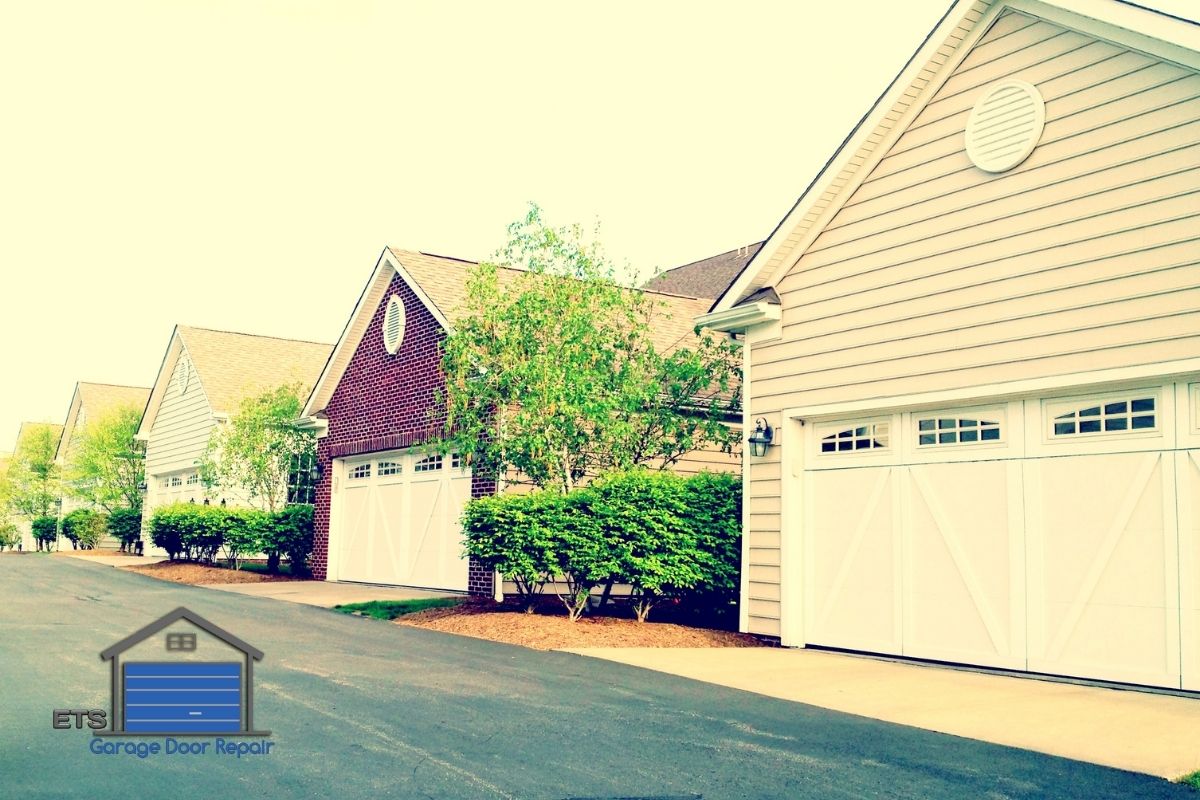
Technological Advancements
Cultural Significance
Beyond their architectural and technological aspects, vintage garage doors can also have significant cultural meaning. In some cases, they may be emblematic of broader social trends, such as the rise of suburbanization and automobile culture in the mid-20th century.
Garage Doors became symbols of status and convenience, allowing homeowners to protect their vehicles and belongings while also providing a sense of privacy and security.
Additionally, vintage garage doors may hold personal significance for homeowners and communities, serving as tangible connections to the past and reminders of bygone eras.
They may be cherished for their craftsmanship, durability, and historical value, inspiring a sense of nostalgia and appreciation for the traditions of craftsmanship and design.

Cultural Significance
Preservation and Restoration
Preserving and restoring vintage garage doors is essential for maintaining their historical and cultural significance. For homeowners and enthusiasts interested in garage door archaeology, restoring a vintage garage door to its former glory can be a rewarding and fulfilling endeavor.
Restoration efforts may involve repairing or replacing damaged components, refinishing surfaces, and preserving original features and details. In some cases, historical research and documentation may be necessary to ensure that the restoration is true to the original design and period.
By preserving and celebrating vintage garage doors, we can honor their historical significance and contribute to the preservation of architectural heritage for future generations to appreciate.
Bottom Line
Vintage garage doors are not just functional elements of a home; they are windows into the past, revealing the architectural styles, technological advancements, and cultural influences of their era.
Through garage door archaeology, we can uncover hidden histories and stories that enrich our understanding of the built environment and our shared cultural heritage.


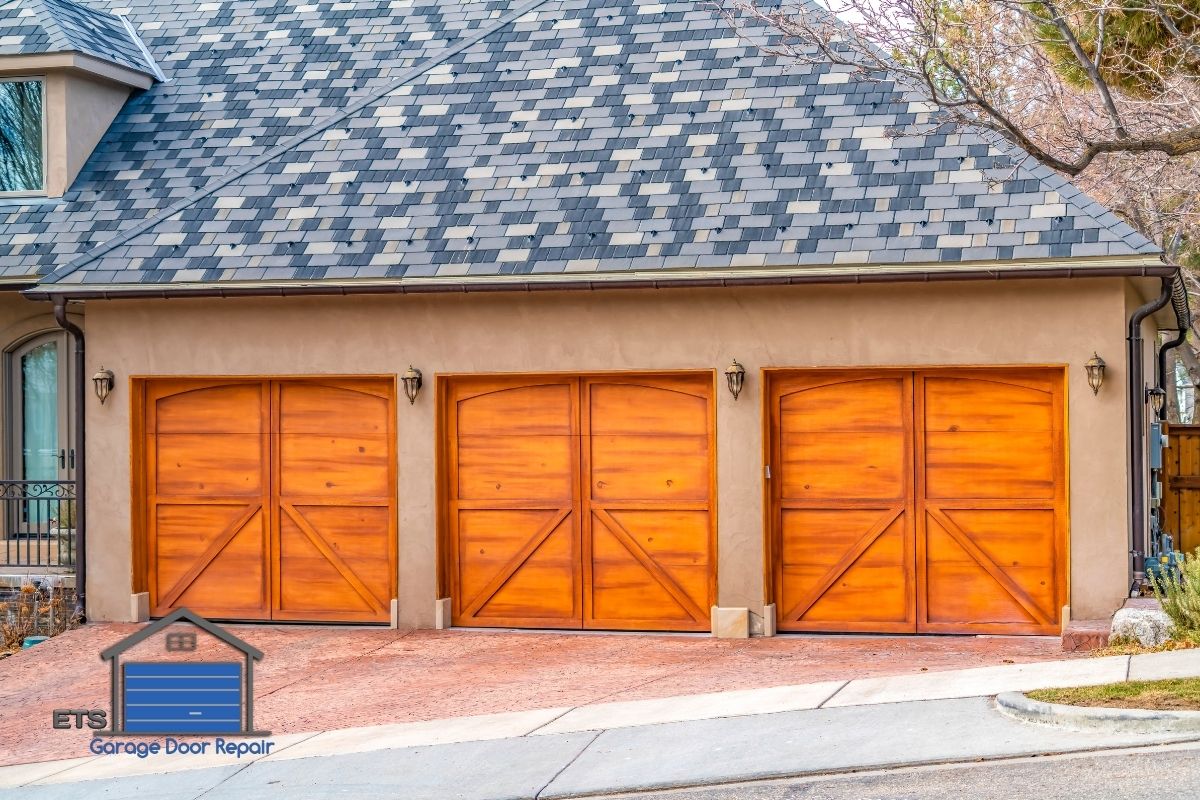
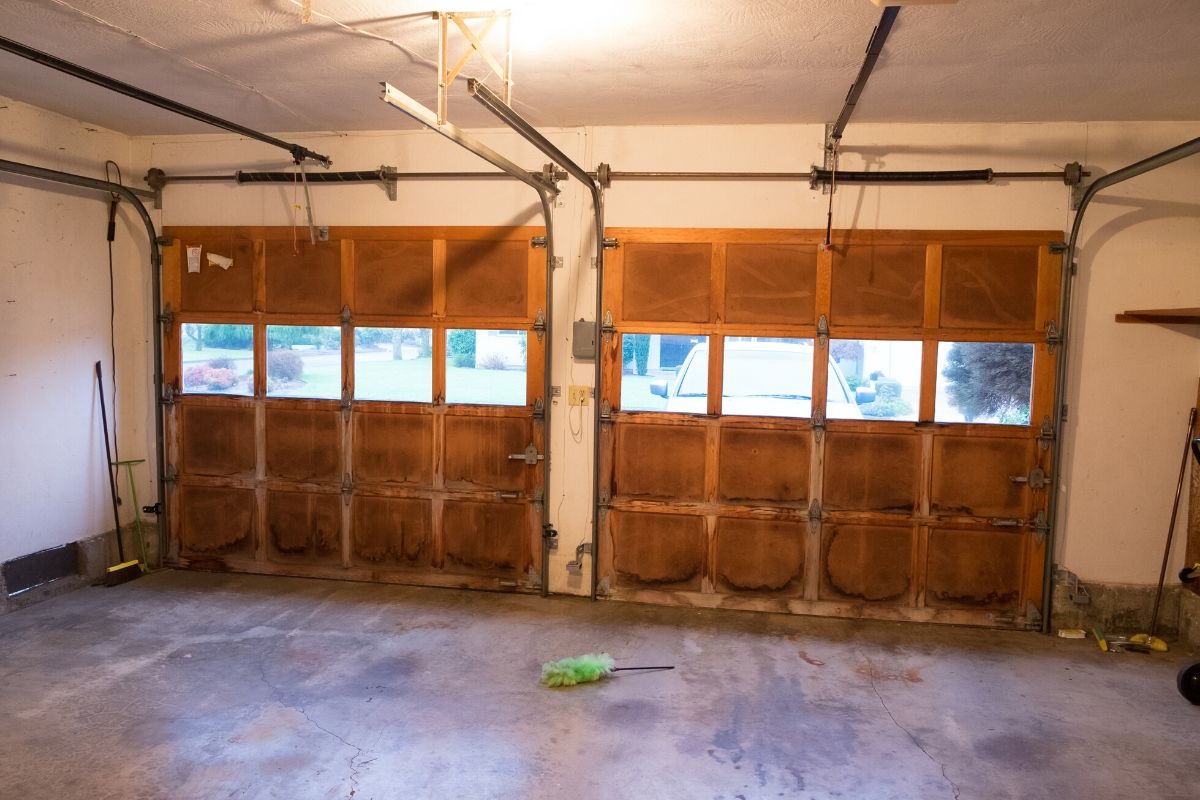

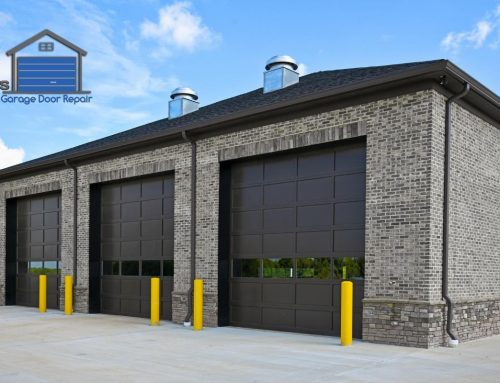

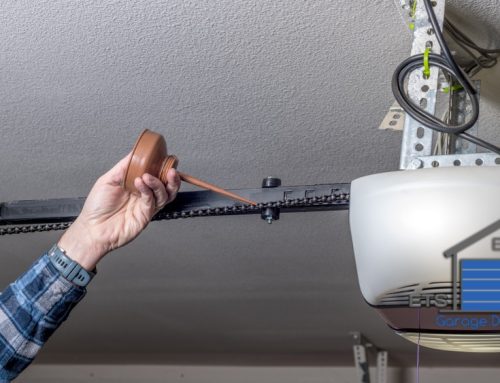
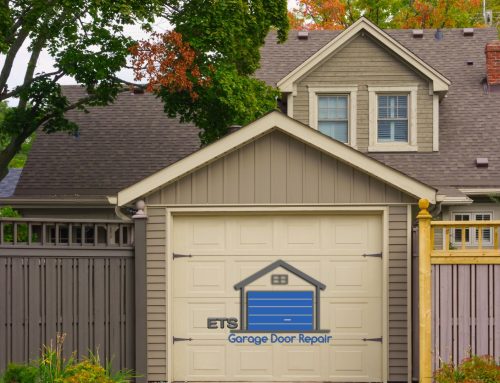



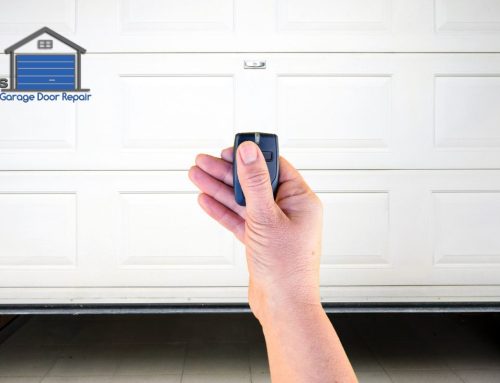















Leave A Comment